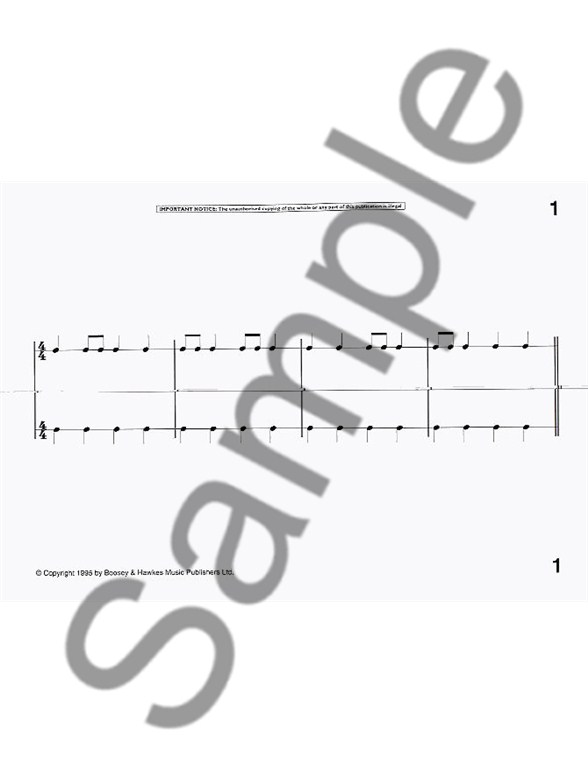
Nervous system-even of deaf people, since they will have associated the Sound associations for words are indelibly imprinted on the Learn to read by associating the sight of words with their spoken "It may be impossible to totally eliminate Subvocalization because people Words per minute, whereas the speed for oral reading is only 150 words per "The silent reading speed for 12th graders when reading for meaning is 250 Is that while subvocalizing we can only read at the speed we can speak. A few speed-readingĬourses however, seek only to minimize subvocalization. Push the tongue down in order to immobilize it, chew gum, tape one's mouth, to holding one’s jaw. That range from while reading, one should listening to music, count out loud or hum, use a pencil to While reading about subvocalization I encountered many speed-reading coursesīased on poor research that advocate the increase of reading speed rate by " I learned to speed-read and read War and Peace in an afternoon. Both involve reading, comprehension, the auditory cortex, premotor cortex, and motor cortex to mention a few common traits. However, music and language have many things Language is processed in the left hemisphere of the brain while music is Undetectable (without the aid of machines) even by the person doing the With speaking, not the literal moving of lips. The actual term refers primarily to the movement of muscles associated This is a natural process when reading and helps to reduce cognitive load and it helps the mind to access meanings to enable it to comprehend and remember what is read.Īlthough some people associate subvocalization with moving one's lips, "Subvocalization, or silent speech, is defined as the internal speech made when reading a word, thus allowing the reader to imagine the sound of the word as it is read. "O, learn to read what silent love hath writ! To hear with eyes belongs to love's fine wit." (Shakespeare, Sonnet XXIII) If so, what is theĭo musicians 'inner sing' (I took the liberty to rename it to better reflect Something related to subvocalization when reading music. Speed has already increased, leading me to speculate whether or not I am doing 'there are' or 'about' without losing comprehension. Habit by avoiding subvocalization of small words or small expressions such as

Trying not to suppress subvocalization entirely, but instead to minimize this I subvocalize 100% of the words I read, which may account for my slow

'chunking Chinese patterns' for her are one of the same. Music sight reader, which makes me wonder whether 'chunking music patterns' and This friend also happens to be a very impressive Subvocalizes when reading English, but never subvocalizes when reading Chinese.įaster than she reads English. Oneįriend, a very fast reader, told me he rarely subvocalizes and was quite I have been asking people about subvocalization for a few years now. Therefore, I am curious to hear your ideas and Subvocalization and music, all the articles I read about subvocalization were Will share some of its basic aspects here. The purpose of this article is to initiate a discussion about

I use the term tunnel vision here in a very loose way just to clarify this habit some musicians, athlets and video game players fall into. * Tunnel Vision (Kalnienk Vision) is the loss of peripheral vision even though your central vision is fine.

(You can also search 'decision making' on this blog for more info) While reading it, you will find information about their preocupation with vision as well as a familiar subject explored on this blog when I describe the exercises on EyeQ Vision Therapy Program: Decision Making Today, I will post a link where you can read about COURT VISION and video game players. I also have written about how sports psycologists have been doing a lot of research on this area, more than musicians do. You can access the 'search' tool on the top of the blog to find all the definitions you will need. I discuss peripheral vision, visual span and percetual span in several articles posted on this blog. This exercise is supposed to force you back into 'seeing the whole' and returning to a more broad view of the score. However, as you know, a difficult measure or two move very fast when one is sight-reading. They loose their awareness of the whole and just focus on the immediate problem. Often times when faced with difficut musical passages, musicians fall into what is called 'tunnel vision mode' *. I have designed this exercise to stimulate musicians awareness of their peripheral vision and perceptual span. The Candle Sight-Reading Exercise for Peripheral Vision, Perceptual Span and Court Vision


 0 kommentar(er)
0 kommentar(er)
